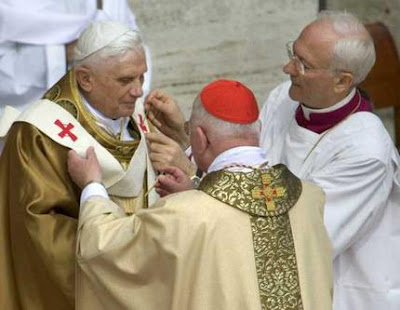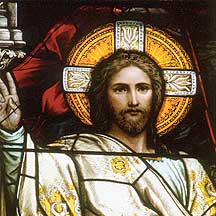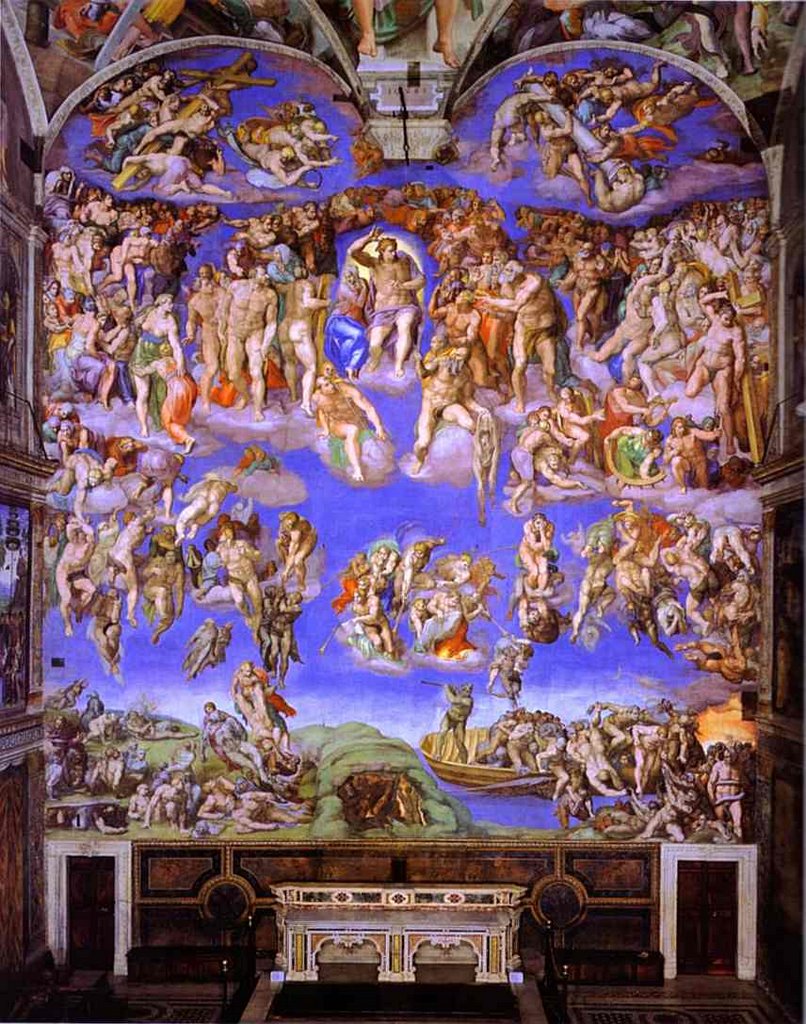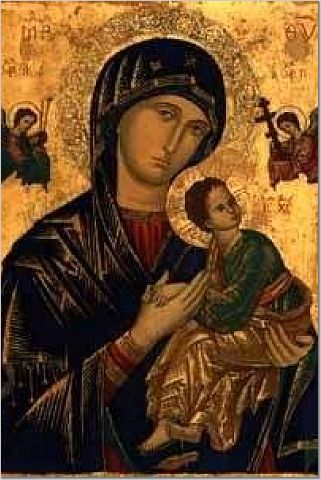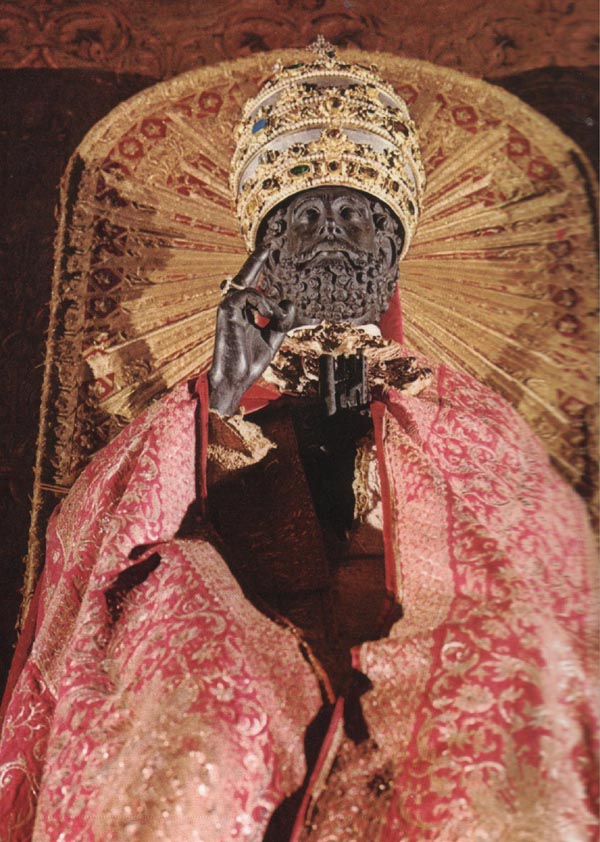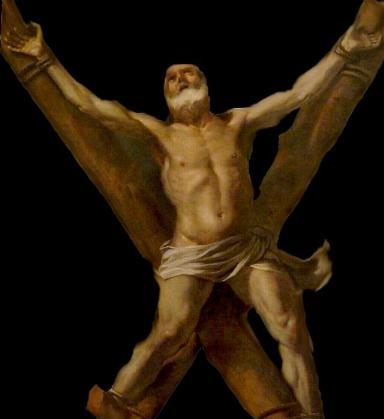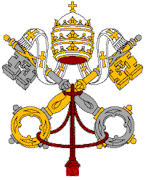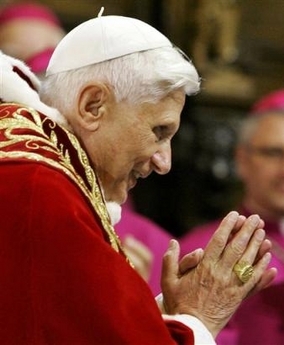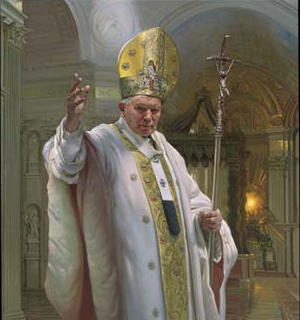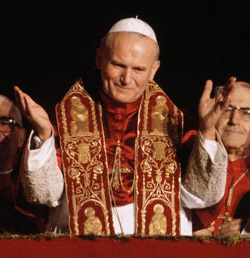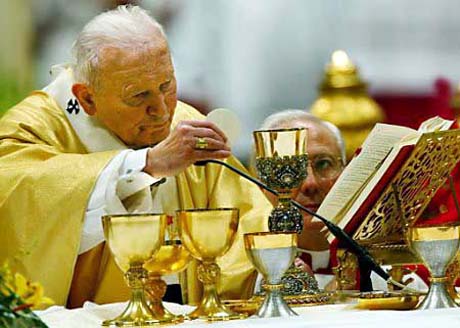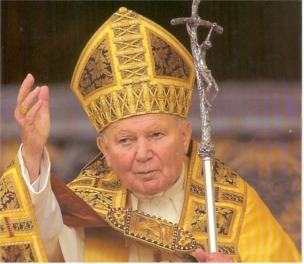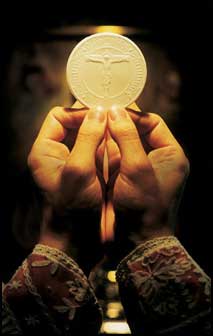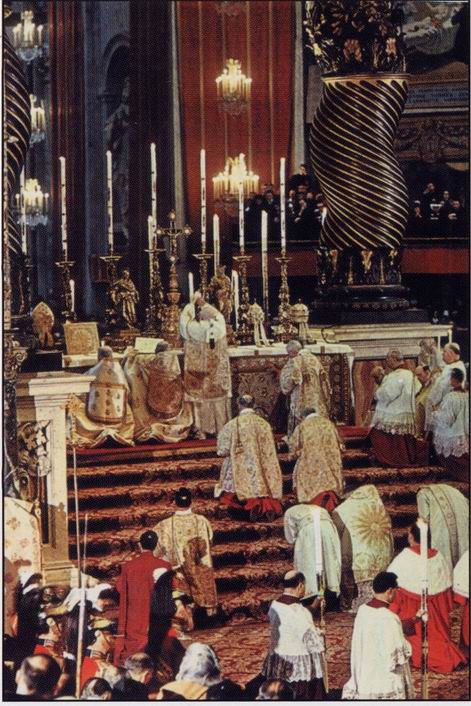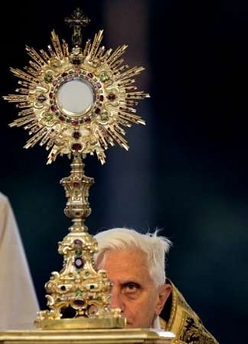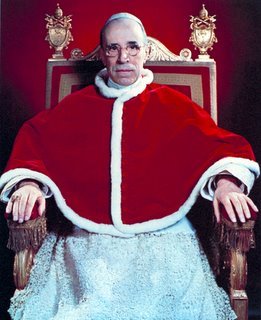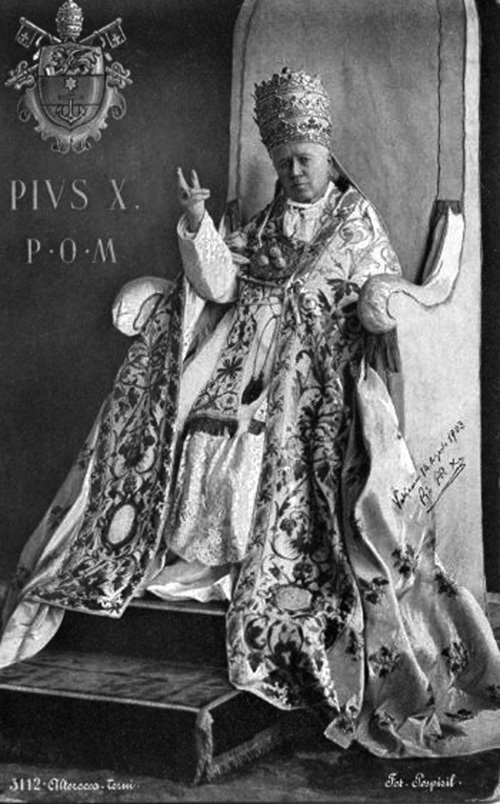
 Sometime ago, blogger Danny Donellan from the Prodigal Son blog, which has sadly been deleted( and which I hope Danny will re-start *wink, *wink), posted something about feeling like he was being scammed after helping some people who turned up at his door.
Sometime ago, blogger Danny Donellan from the Prodigal Son blog, which has sadly been deleted( and which I hope Danny will re-start *wink, *wink), posted something about feeling like he was being scammed after helping some people who turned up at his door.I wrote a comment, but before I was able to post it, Danny had deleted his blog... and his email =)
So, here's what I wrote:
I was once at an area group meeting and an old man shared a story about how he always fell victim to scams because of his trusting nature and his desire to help people. He then went on to relate about he was just scammed again the morning before and, after scoldings from his wife and the neighbours, he’d decided not to help again should a vagrant ever ask.
I, of course, counselled against this. Here’s what I told him:
People are generally proud. They have their dignity and most people I know, myself included, would be very loath to ask for help, any help at all. Even for directions =) For an ordinary person to ask for assistance, he would be really down and out. Especially in Asian societies where there is the concept of ‘face’ and asking for something, showing weakness, means a loss of ‘face’. So to be in a condition where one is forced to ask for help, one would be really down and out and in a rather vulnerable and emotional state.
Now put yourself in their shoes. Imagine if you were really in trouble one day and, overcoming your inhibitions, your fear of rejection, your loss of ‘face’, you summoned enough courage to ask for help. Then imagine if all those you approached turned you down because they have frequently been cheated and all their family and friends accused them of being gullible. You come along, a genuine person in need and you get turned away, over and over again. How would you feel? Pretty bad, I would think.
Let’s look at it another way. Let’s get back in your shoes. You get frequently scammed. And then a genuine person in need turns up and you turn them away, thinking that they are scammers. How would they feel?
And if you found out, at some point later, that you turned away a genuine person in need because you were too cautious and wary, how would you feel then? Worse than you would feel if you had been scammed? “If I had only helped him/her… I wish was not so untrusting”How would I go about helping? Hmmmm. In most cases, if I am able to and someone says he’s hungry for example, I’d buy him or her a meal rather than give money. But when I have no choice, money would have to serve. But within limits.
I’m scammed quite often as well. There’s a man in Church who often asks for money and I usually oblige when I’m able to. One day, he told me a story of wanting to travel for a job or something over Christmas and I gave him a rather large sum, for the trip and for Christmas. But the next week, I saw him again in Church. And the next week. The following week, he again asked for money and I confronted him and he confessed to using the money I gave to buy a radio. =(
There are many reasons why people stop helping strangers. Getting frequently scammed is a reason. But sometimes, we are turned off from giving because the person we helped did not thank us, or show gratitude. This should never be a reason as the Gospel teaches us to give to those who cannot repay us back on this earth. Another reason is being ridiculed for helping out. Again, this is not an acceptable reason.
The point of the matter is this. Christians and human beings in general, are called to help another in need, to be a neighbour to all. It’s pre-programmed into our system, written on our hearts as it were. It’s one of the things that make us human. It takes a lot of effort and a lot of de-programming to overcome this natural instinct to help another in need.
And I for one would rather help 99 scammers in the hope of helping one truly needy person that beat the 99 scammers and unintentionally turning a person in need away.Now, I’m not advocating that we fall for silly scams and tricks nor am I advocating gullibility. If someone comes along flashing a Rolex and asks for a buck or presents a ludicrous story that has more holes than a fishing net, by all means refuse. If people have warned you about such and such a person who goes around telling this and that story, then be on guard. But what I’m saying is, when in doubt, then help out. Not to the point of impoverishing yourself, of course, but within reason, do help out. Most probably it’s going to be a scam and you’d probably just been made a fool of.
But in the oft chance that Jesus comes knocking in the guise of a down and out Gypsy woman, I wouldn’t want to be the one who turned the Lord away =)
![[Unam Sanctam]](https://blogger.googleusercontent.com/img/b/R29vZ2xl/AVvXsEiymQ2adTjpZ1ABhPBbBBquiPCxeQrc4Jy_97vOikT0wGQeJleriiXQy6ebnb0jrYe-TfvcK77txStB4aIwVAdD41ZdMkVfNtFGC0JX6LBV9B8mfeRZaIAM7Sj-011ag3DiKQzv/s1600/headerdivinemercy.jpg)


























